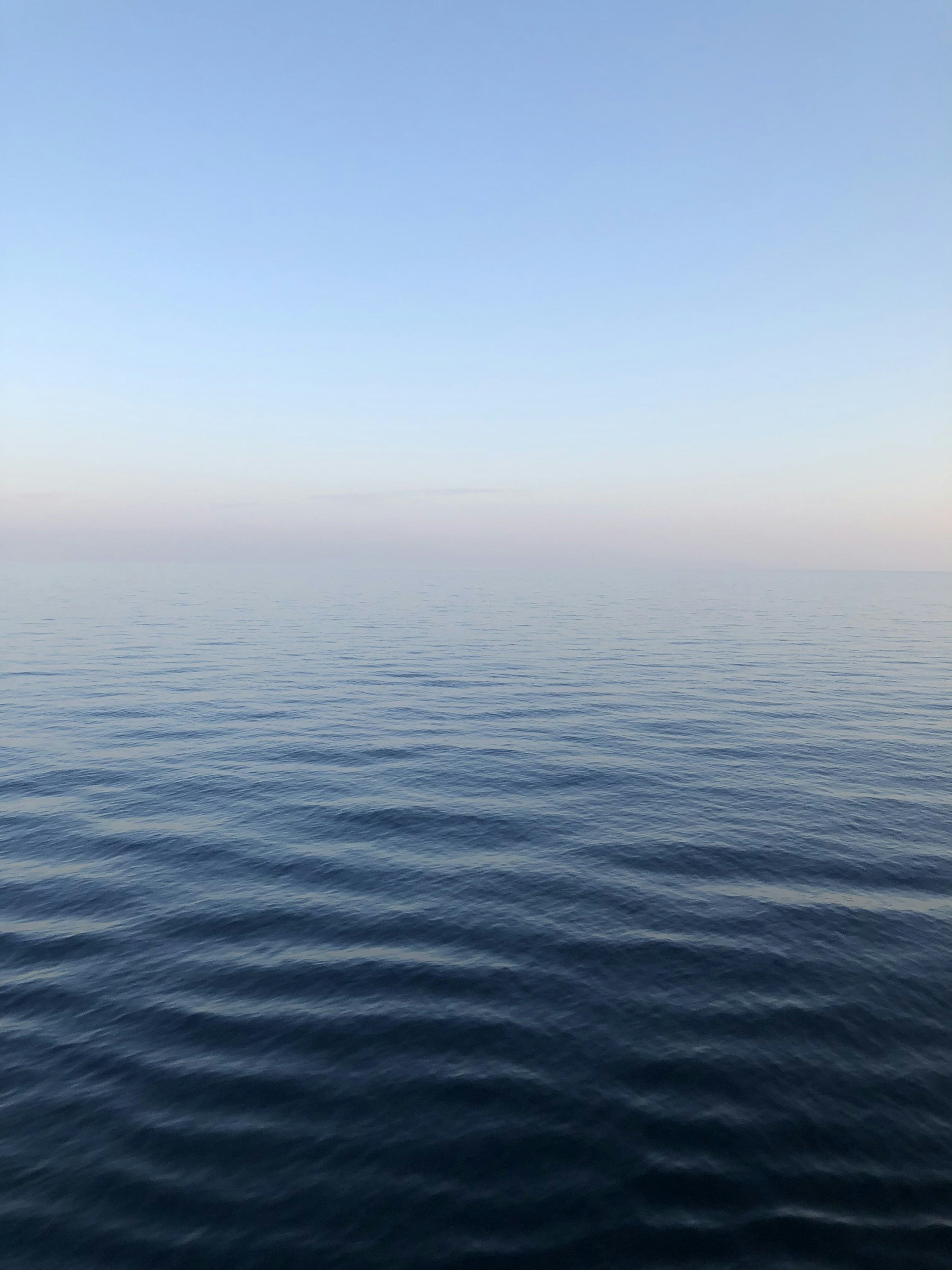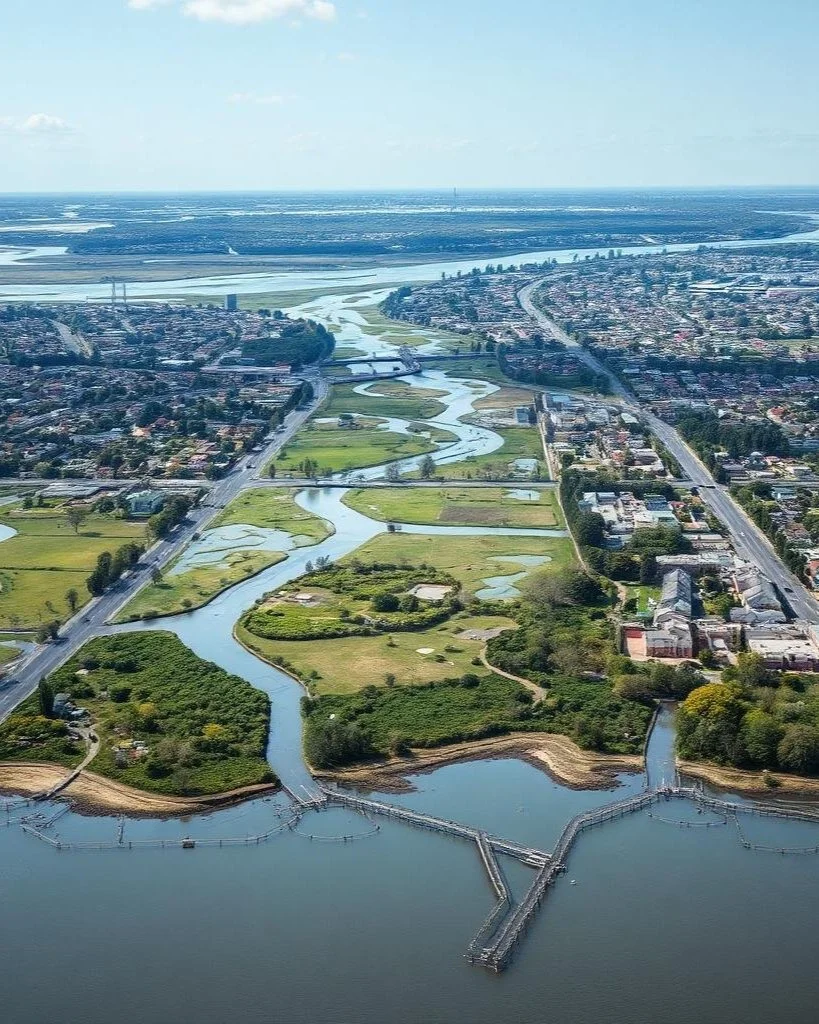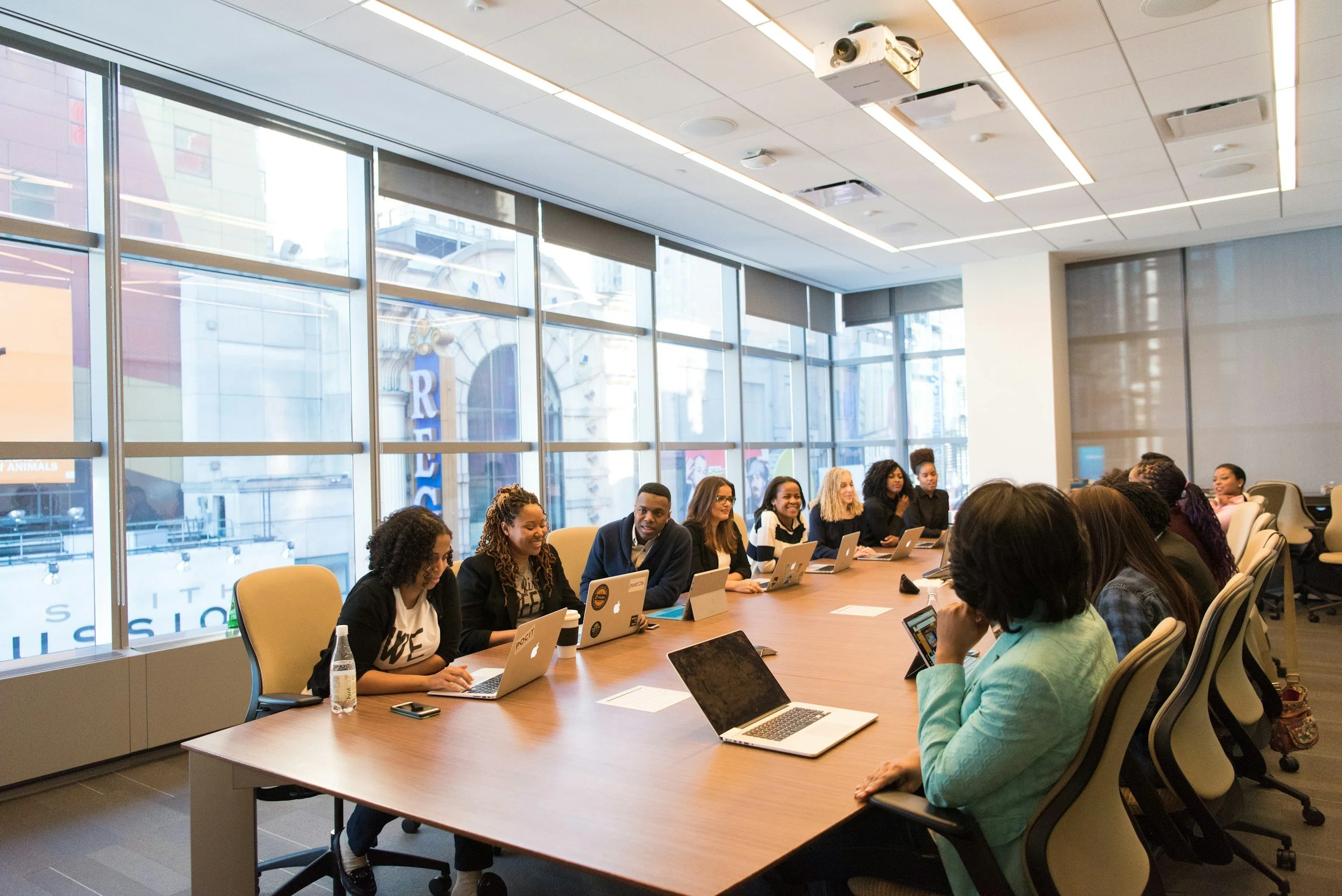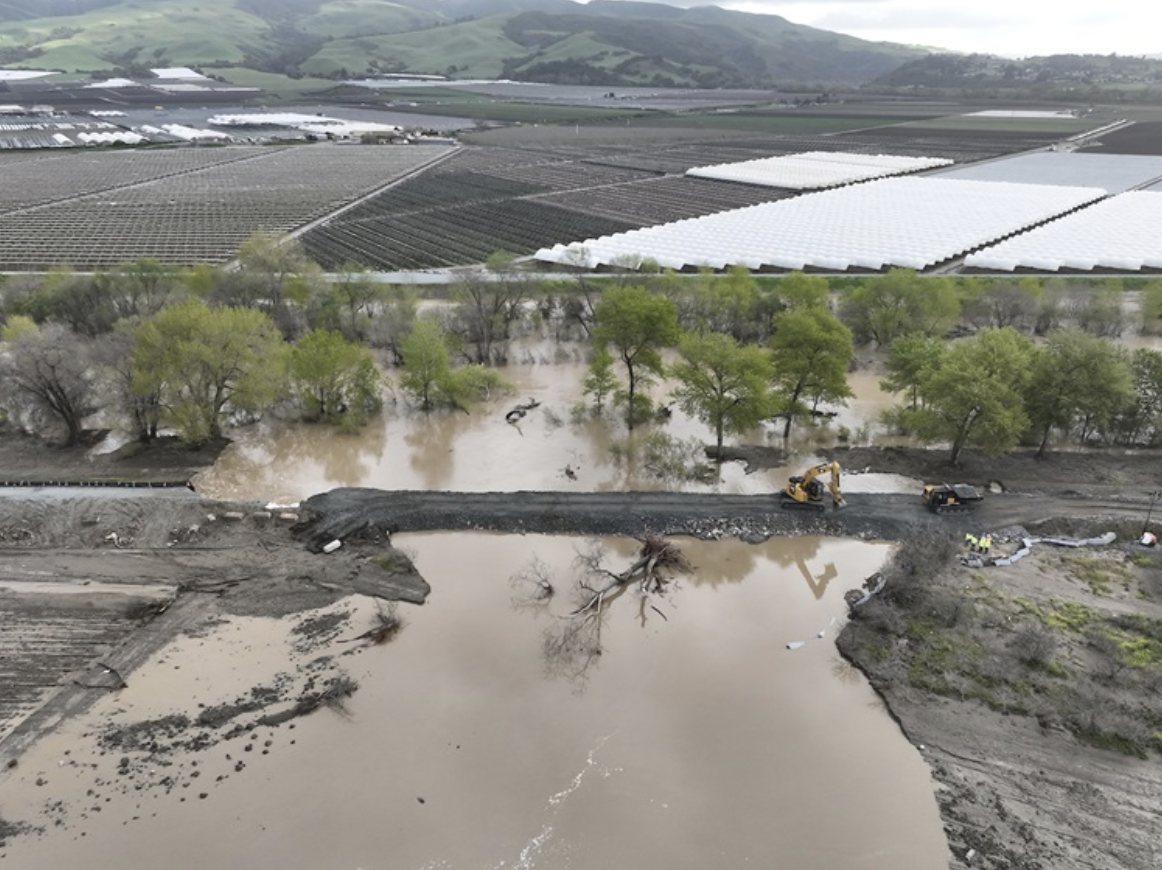
Kathleen Schaefer
Draft — some links may not work. - come back
AI-generated image.
Feminist Floodplains
I am a researcher and thinker dedicated to fostering a more resilient, sustainable, and equitable world. With a background rooted in civil engineering, community-based insurance, and interdisciplinary collaboration, my work bridges the often-siloed worlds of science, engineering, and finance.
My approach is rooted in a form of feminine thinking—a way of seeing and relating to the environment that challenges dominant, masculinist narratives of control and mastery. Like Leslie Kern’s Feminist City, I perceive landscapes—urban floodplains, coastlines, ecosystems—not just as resources or hazards, but as complex, relational spaces shaped by histories. I ask, what if we change our perspective? What if moms were the center of our design thinking for watersheds—all moms—fish moms, poor moms, young moms, old moms?
This is the space I write from an epistemology that asks: How do floodplains and waterways embody relationships of power and care? How does short-term governance thinking prevent long-term planning? Are we allocating our precious resources—finance, time, space—in ways that benefit future generations? How might a feminine approach to environmental management foster resilience and justice for everyone? What does it mean to manage watersheds in a way that nurtures life and upholds the dignity of vulnerable communities? What role can insurance and the finance community play in facilitating these conversations? What new tools and technologies can we use to facilitate a new way of thinking? What role do civil engineers, as infrastructure builders, have in driving this change? And most importantly, what is stopping us from moving to a more sustainable relationship with our watersheds and floodplains?
This platform is my space to explore those questions—sharing insights, research, and reflections. Join me in imagining landscapes that are not just mastered or subdued, but attuned to and nurtured by the feminine values of care, interconnectedness, and sustainability.
The role of insurance in building disaster resilience.
Insurance is an underutilized tool in the resilience toolbox.
Insurance can be a catalyst for:
Financial Risk Management
Incentivizing Resilient Building Practices
Funding and Incentivizing Preparedness
Promoting Risk Assessment and Data Collection
Raising Awareness and Education
Creating a Financial Safety Net
Supporting Long-term Planning
Insurance not only provides immediate financial support after floods but can also be a powerful tool to promote proactive resilience measures, incentivize safer building practices, and foster long-term community planning. By integrating insurance strategies into the overall resilience plan, communities can reduce vulnerability, encourage responsible development, and ensure a safer future for all residents.
Learn More
-
Flood losses are increasing. This is straining the limits of what insurance can do.
-
A 100-year flood is a flood that has a 1% chance of occurring each and every year.
-
It all begins with an idea. Maybe you want to launch a business. Maybe you want to turn a hobby into something more. Or maybe you have a creative project to share with the world. Whatever it is, the way you tell your story online can make all the difference.
-
It all begins with an idea. Maybe you want to launch a business. Maybe you want to turn a hobby into something more. Or maybe you have a creative project to share with the world. Whatever it is, the way you tell your story online can make all the difference.
Learn about Community Disaster Flood Insurance and Risk Management (CoDFIRM)
Interested in learning more about:
community-based insurance
community-based flood risk management
community-based flood financing
All work and no play makes
Kathleen a dull woman
Life is too short not to enjoy every moment. Here is where I share my personal blog.




